Sustainability Trends
Sustainability trends are becoming increasingly relevant in the Anchoring And Fixing Market. As environmental concerns gain prominence, there is a growing demand for eco-friendly anchoring solutions. Manufacturers are exploring sustainable materials and production processes to align with these trends. Market analysis indicates that products made from recycled materials or those that minimize environmental impact are gaining traction among consumers. This shift towards sustainability not only meets regulatory requirements but also appeals to environmentally conscious clients. Consequently, the Anchoring And Fixing Market is likely to witness a transformation as it adapts to these sustainability trends, potentially leading to new product lines and market opportunities.
Technological Advancements
Technological advancements play a pivotal role in shaping the Anchoring And Fixing Market. Innovations in materials and design methodologies are enhancing the performance and reliability of anchoring systems. For instance, the introduction of high-strength composite materials and smart anchoring solutions is revolutionizing the industry. These advancements not only improve the durability of anchoring products but also reduce installation time and costs. Market data suggests that the adoption of these technologies could lead to a 10% reduction in overall project timelines. As construction projects become more complex, the demand for sophisticated anchoring solutions is likely to increase, positioning the Anchoring And Fixing Market at the forefront of construction innovation.
Rising Construction Activities
The Anchoring And Fixing Market is experiencing a notable surge due to increasing construction activities across various sectors. As urbanization accelerates, the demand for residential, commercial, and infrastructure projects rises. According to recent data, construction spending has shown a steady increase, with projections indicating a growth rate of approximately 5% annually. This trend is likely to drive the need for anchoring and fixing solutions, as they are essential for ensuring structural integrity and safety in construction. Furthermore, the expansion of infrastructure projects, such as bridges and highways, necessitates advanced anchoring systems to withstand environmental stresses. Consequently, the Anchoring And Fixing Market is poised for growth as it adapts to the evolving needs of the construction sector.
Growth in Renewable Energy Sector
The growth in the renewable energy sector is emerging as a significant driver for the Anchoring And Fixing Market. As the world shifts towards sustainable energy sources, the installation of wind turbines, solar panels, and other renewable energy infrastructures is increasing. These installations require robust anchoring solutions to ensure stability and safety in various environmental conditions. Market data suggests that the renewable energy sector is expected to grow at a compound annual growth rate of over 8% in the coming years. This growth presents a substantial opportunity for the Anchoring And Fixing Market to develop specialized products tailored for renewable energy applications, thereby expanding its market reach and enhancing revenue potential.
Regulatory Standards and Safety Norms
The Anchoring And Fixing Market is significantly influenced by evolving regulatory standards and safety norms. Governments and regulatory bodies are increasingly emphasizing the importance of safety in construction practices. Compliance with these regulations often necessitates the use of high-quality anchoring systems that meet stringent safety criteria. Recent data indicates that regions with stricter safety regulations have seen a corresponding increase in the demand for reliable anchoring solutions. This trend suggests that manufacturers in the Anchoring And Fixing Market must prioritize compliance and invest in research and development to meet these standards. As a result, adherence to safety norms is likely to drive market growth and innovation.


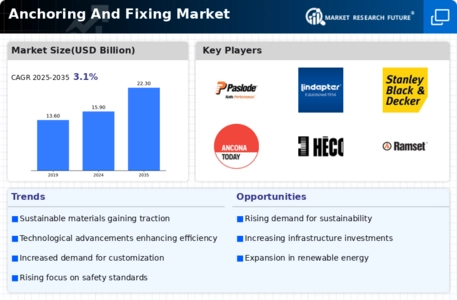
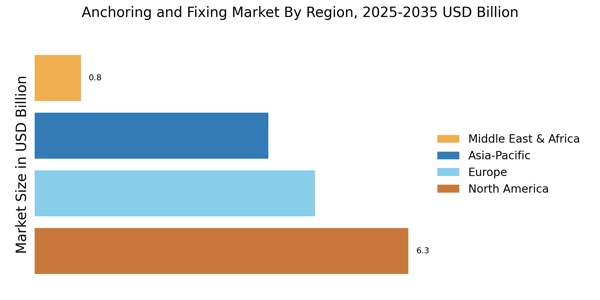

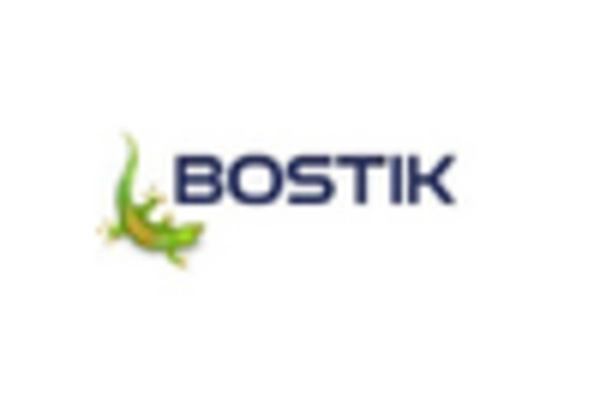
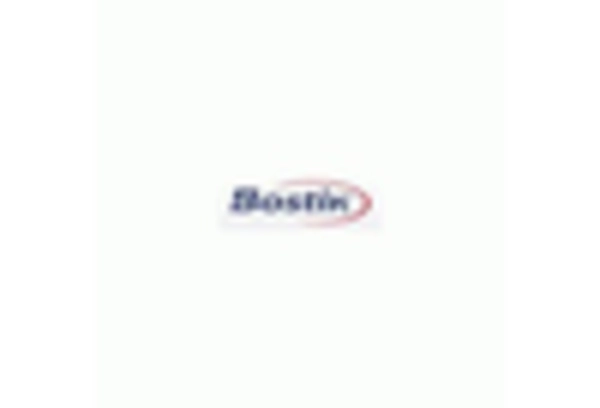
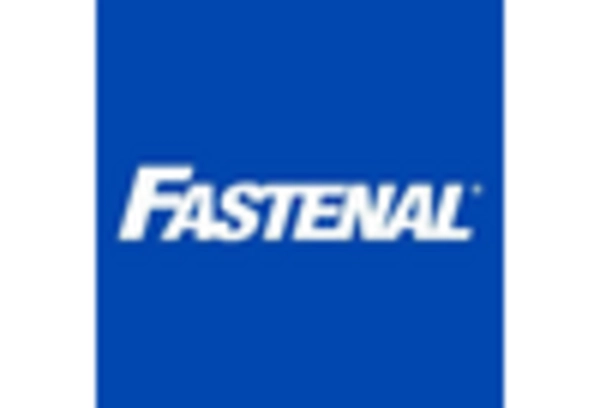
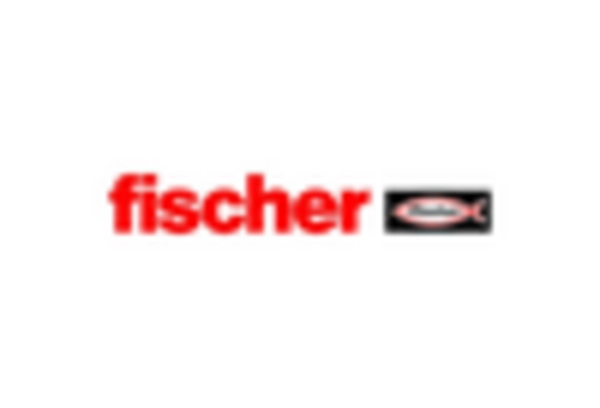
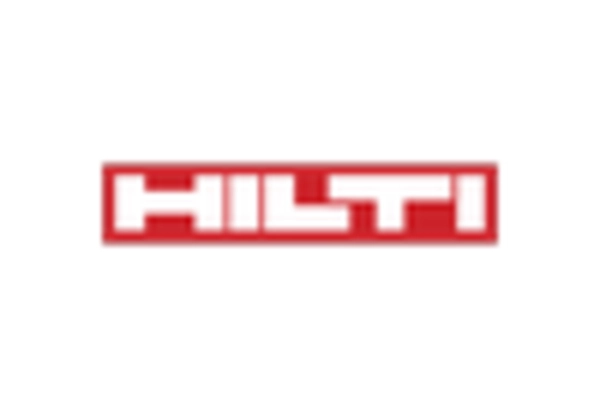
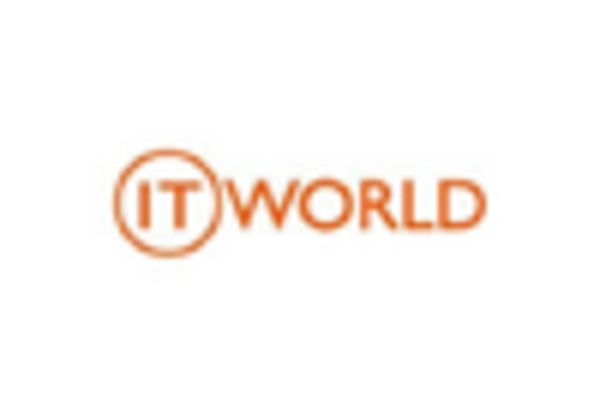
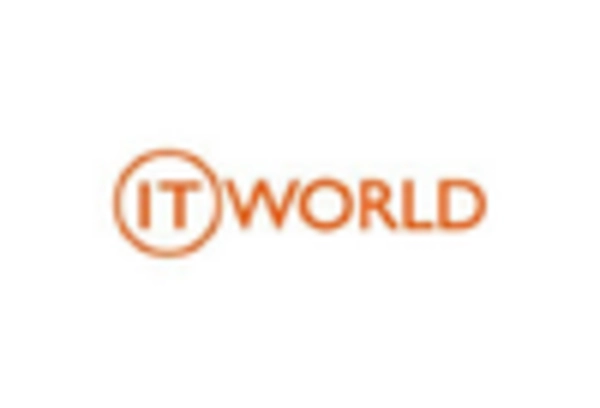
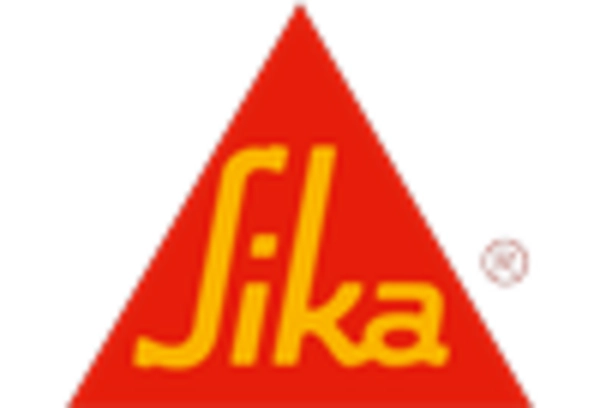








Leave a Comment